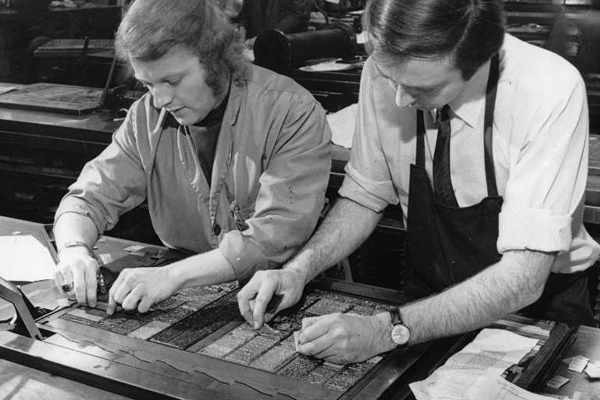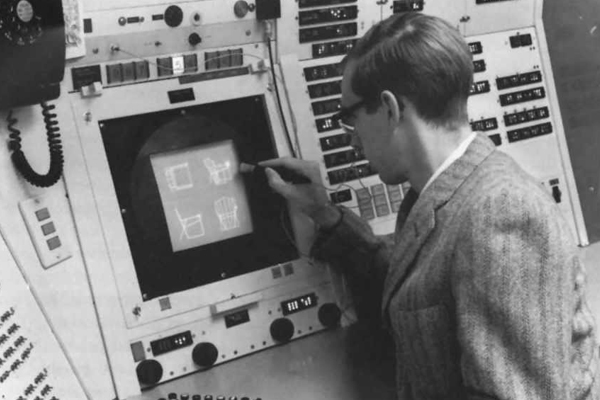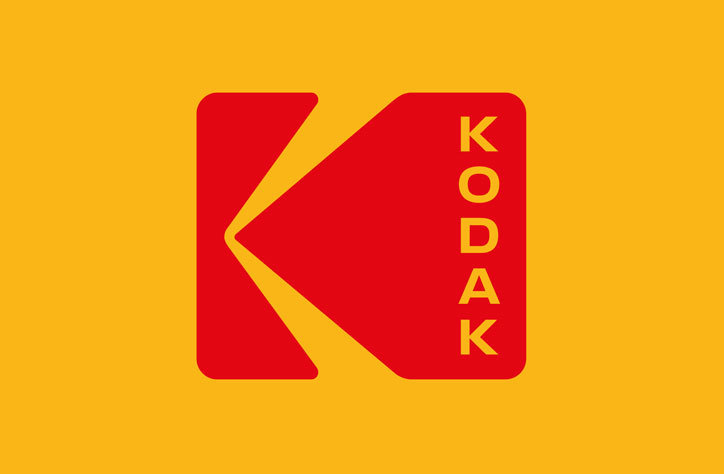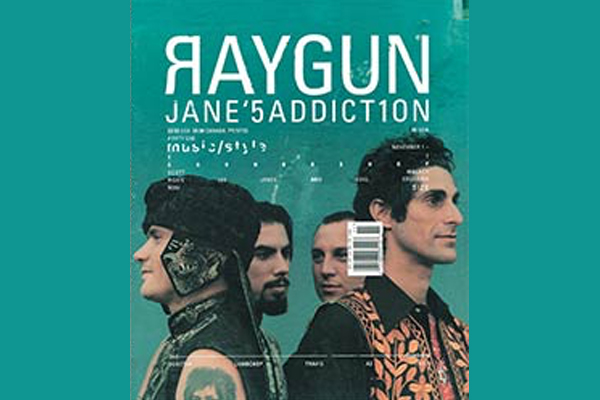The 1960s
1960s: The Start of the End of Analog Tools
The 1960s was the beginning of the end of only using analog tools as part of the design process. Starting in the late 60s, phototypesetting machines were introduced, which used projection of glass discs on light sensitive paper to create type. In the mid 60s, Ivan Sutherland invented the first digital drawing surface called Sketchpad, which was a large push for design as it was the first graphical user interface.

Using hot metal to set type prior to new technologies

A phototypesetting machine

Ivan Sutherland's Sketchpad Program














